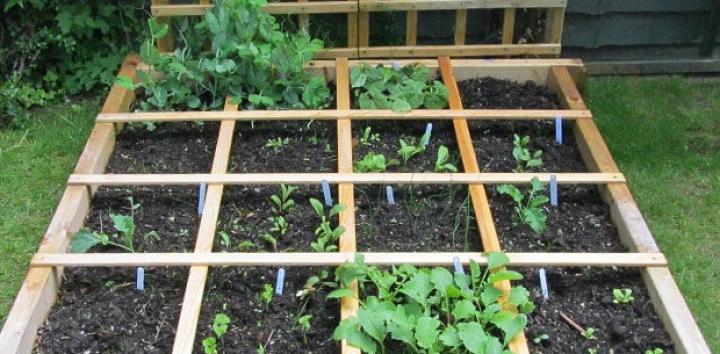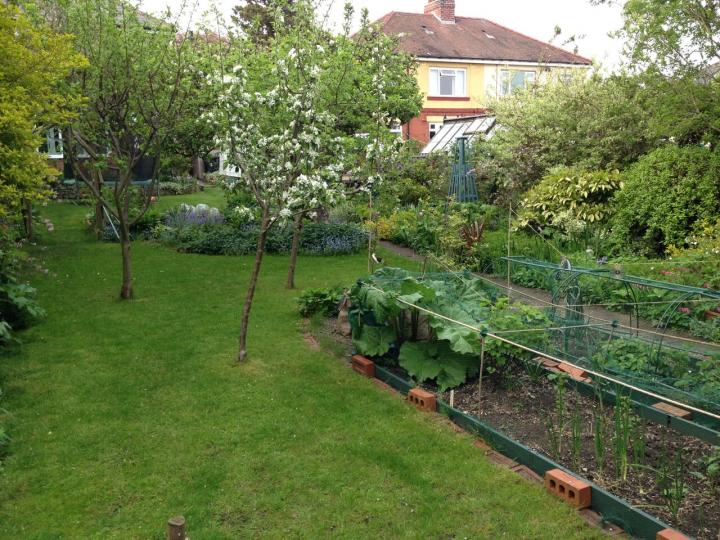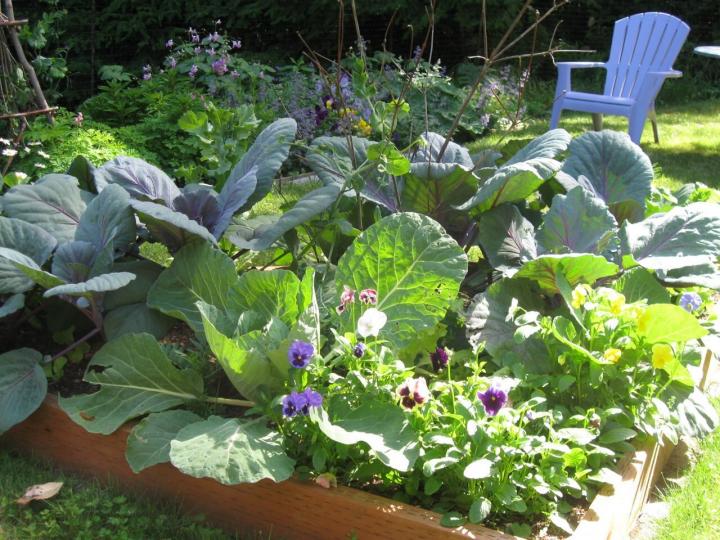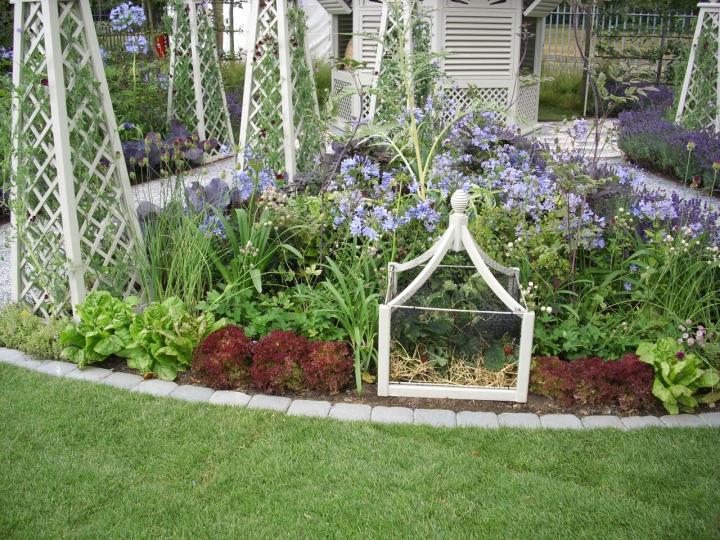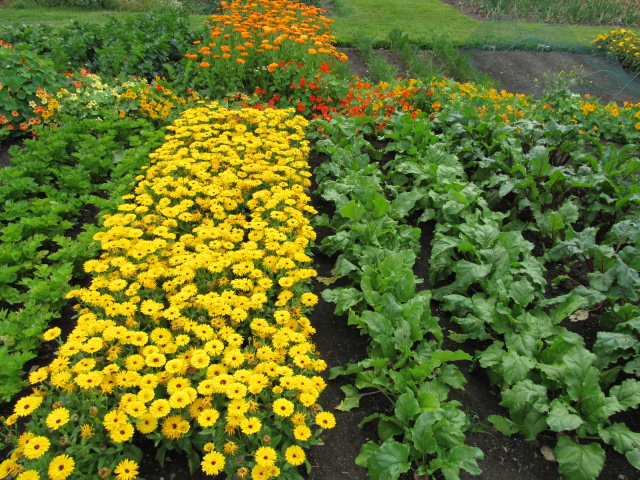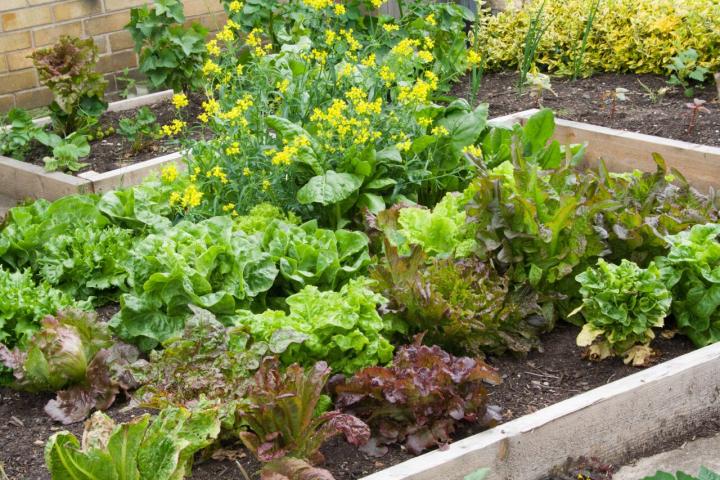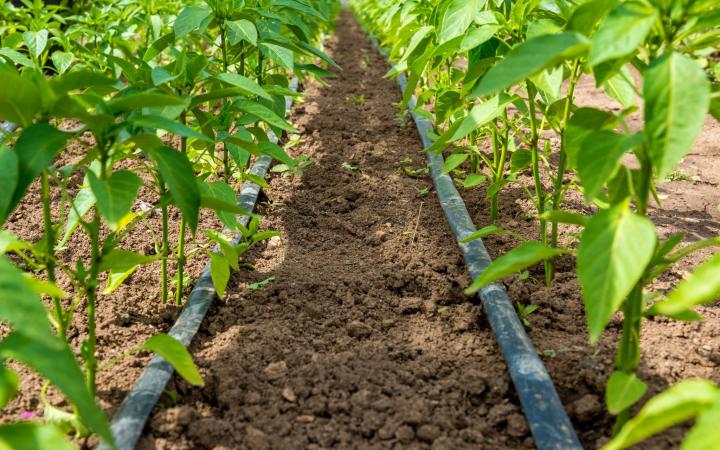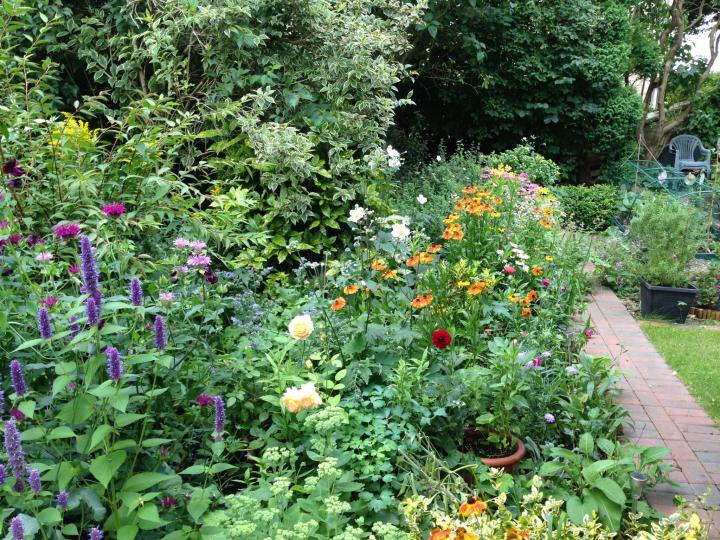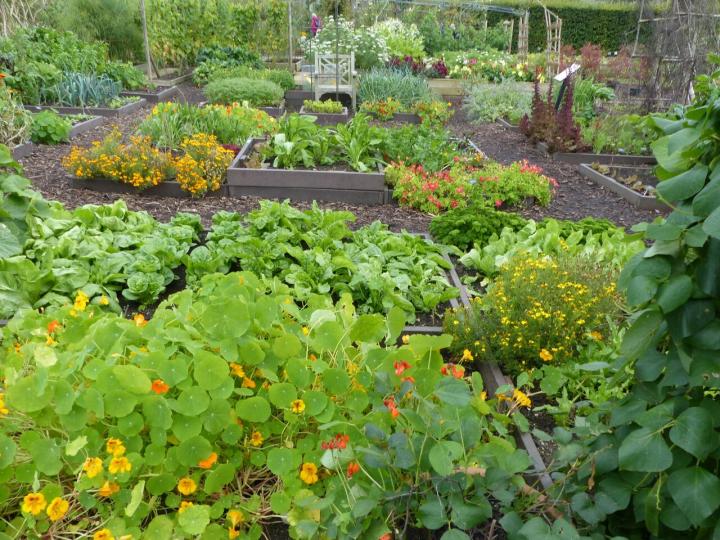
The Ultimate Layout Options for Gardens
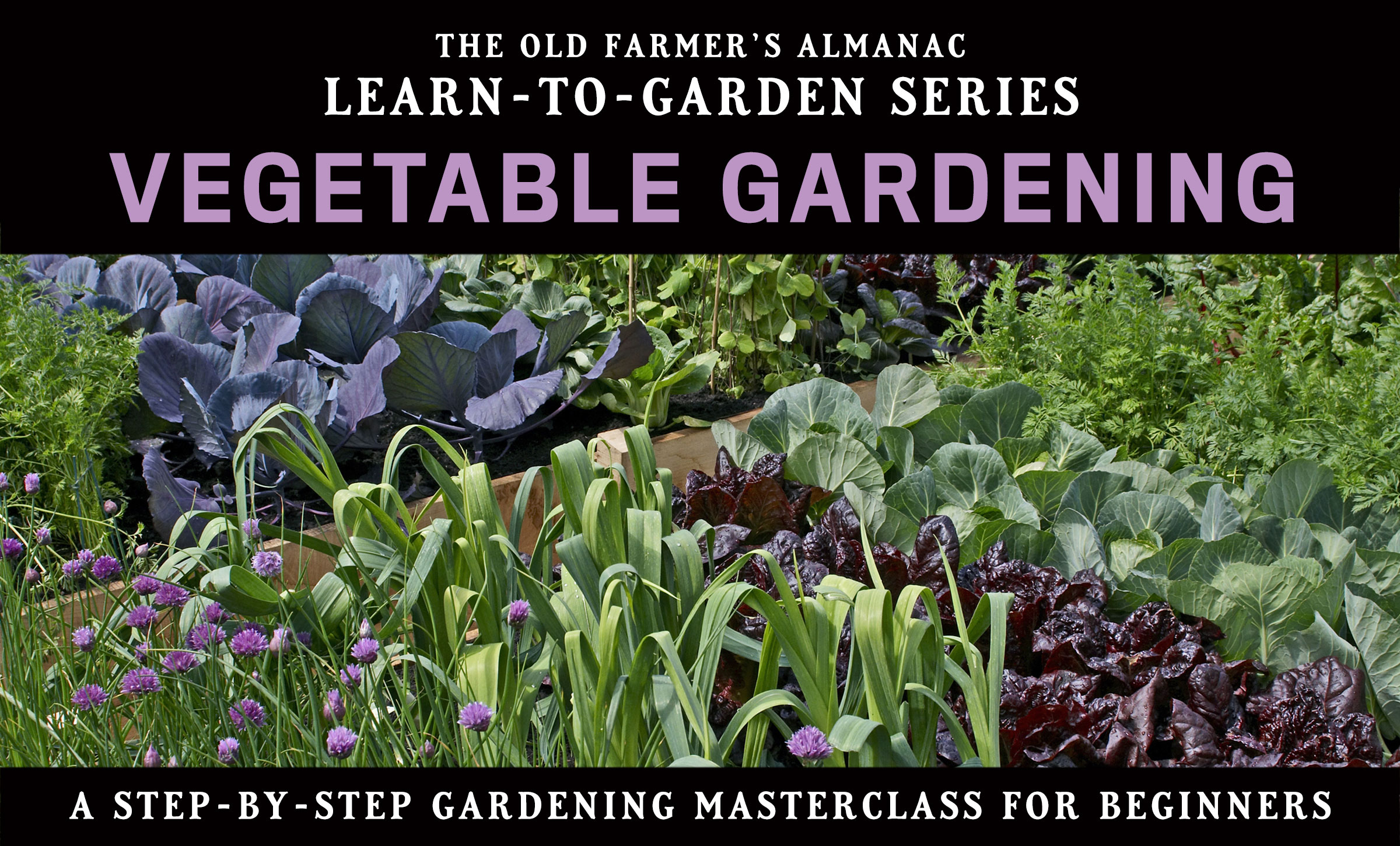
Getting Started
Planning For a Garden
Planting a Garden
Plant Growing and Care
Harvesting and Storing Vegetables
ADVERTISEMENT
These vegetable garden layout ideas are fantastic! Great inspiration for planning a productive and beautiful garden space.
Eartheasy
https://eartheasy.com/
Exceptional Article! The tips you have mentioned in this article for garden layout are impressive. Thanks for sharing valuable information!
Unfortunately, when I went to use your planner, you did not have half the perennial plants I had picked out at the garden center for my garden, so it was hard to plan using it. Examples that it did not have were Coral Bells (Heuchera), Peony, Delphinium, Iris, Columbine, and Sedum. Did not see Pulmonaria either. You did have the Daylilies and Lilies.
Sedum, columbine, and other flowers are indeed in the Garden Planner. See the flower list here:
https://gardenplanner.almanac.com/plants/us-and-canada
The emphasis is on vegetables, herbs, fruit, and edibles but the flower list is pretty impressive. We emphasize flower that make excellent companion plants for vegetables and those which benefit pollinators.
Thank you for sharing these plot plans. They are very inspiring, especially the homestead gardens. I'm into homesteading and being self-reliant even though I do not have a lot of space like a farm!
Personally like the kitchen garden layout because of the garlic. I can eat garlic with anything but besides having a good garden layout, the landscape overall has to be tight.
I have raised beds in my backyard and plan to install plastic covers in order to extend the planting season. I did a quick plan for my zip code (80210), but am wondering how it would change when I install plastic covering. Thank you!
Also, the Garden Planner includes icons for row covers (as well as cold frames, greenhouses, hoop houses etc) which automatically adjusts the season for plants grown beneath them. You can find these icons by clicking on the selection bar drop-down filter (just above the plant selection bar), and choosing Garden Objects from the list - the garden objects will then replace the plants in the selection bar. Add the row cover icon to your plan over your plants, and the Garden Planner will automatically extend the dates for those plants.
Plastic covers will raise the temperature in the raised beds. You can start your seeds and plants several weeks earlier. You may also be able to reseed or replant certain vegetables and harvest more produce during the growing season.
I live in zone 7. When should I plant potatoes?

